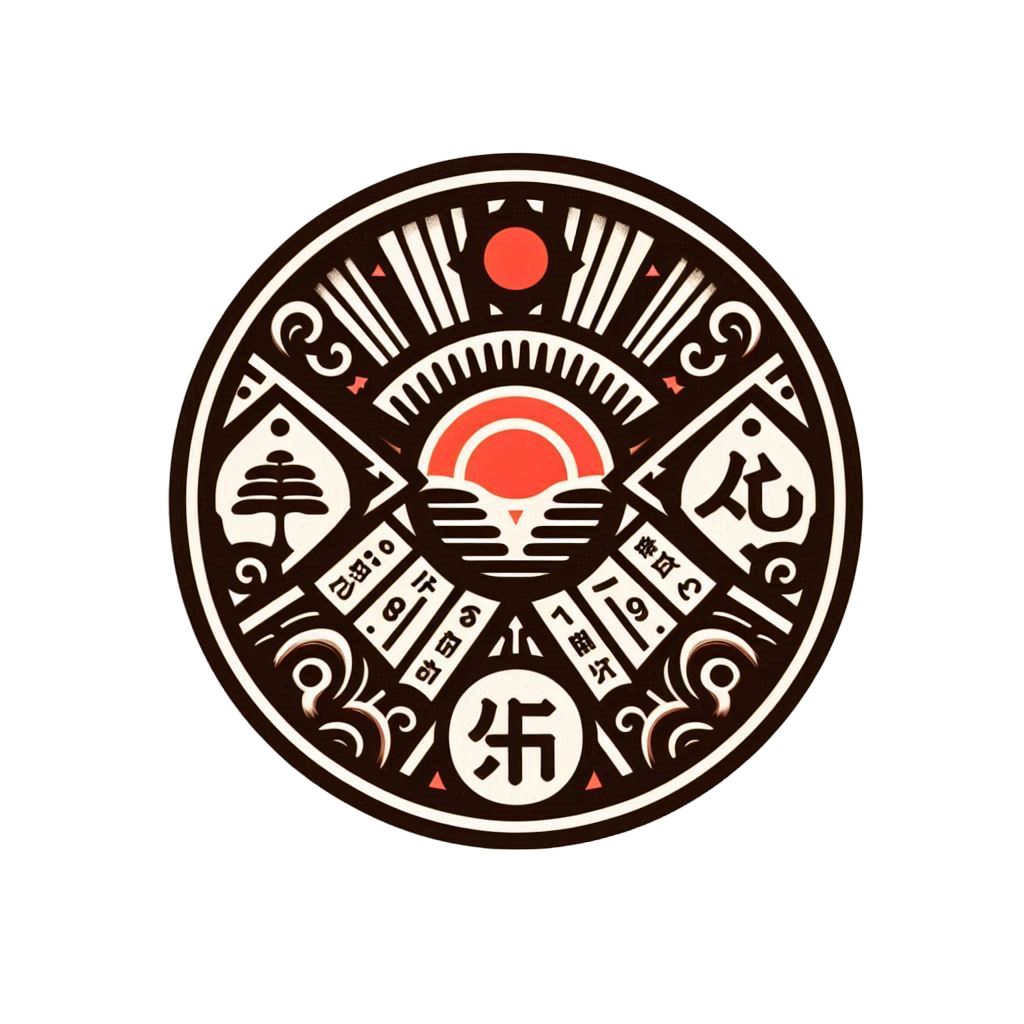Hanafuda cards are not just a set of playing cards but a deep part of Japanese culture with a rich history and symbolism. Each deck carries a unique story and cultural heritage, making the study of Hanafuda an engaging and multi-layered process. In this text, I will share my thoughts on what makes Hanafuda special and also talk about my experience working with these cards. I will explain how I use Hanafuda in my practice, which decks pose difficulties, and offer advice for those just beginning their journey into studying these cards. I hope my experience and tips will help you in your own exploration and practice of Hanafuda.

What do you like about Hanafuda cards?
Hanafuda cards fascinate me with their versatility and complexity. They can be used for games, divination, meditation, as metaphorical cards, and even for a deep exploration of Japanese culture and philosophy. The art of Hanafuda attracts with its elegance and ability to convey Japanese cultural heritage through symbolism and aesthetic images. Each card is a unique piece that reveals stories and traditions, making the study of Hanafuda not only exciting but also enlightening.
Thus, Hanafuda serve not only as a practical tool but also as a bridge to understanding Japanese philosophy and traditions, allowing a deeper appreciation and experience of Japan’s cultural richness.
How do you use Hanafuda?
Hanafuda cards are used not only for divination and self-reflection but also for teaching others in this field. As an author of books on Hanafuda and developer of meditative divination techniques, as well as a co-author and co-developer of the “Hanafuda Divination” app, I am actively involved in educating and assisting people who are beginning their journey with these cards. In addition to my current work on several new projects that will be presented soon, Hanafuda also play an important role in my personal practice, supporting reflection, healing, and working with shadow aspects.
What is your primary Hanafuda deck that you can work with in any situation?
The concept of a “classic Hanafuda deck” can be vague, as the design and interpretation of the cards have evolved over time. However, traditional decks generally have some common features. The cards often illustrate Japanese nature, culture, and mythology, including flowers, the moon, birds, and scenes from daily life and legends. The designs are done in the ukiyo-e style, characterized by vibrant colors, smooth lines, and attention to detail. Each card carries a symbolic meaning related to Japanese culture and nature and is often made from high-quality paper and cardboard using traditional printing methods.
Classic Hanafuda decks do indeed exist. For example, Nintendo produced high-quality Hanafuda decks for a long time, which are considered classic. Many other old Japanese manufacturers also released decks in the past century that can also be regarded as classic.
Which Hanafuda deck is the most challenging for you to work with and why?
I can work with any Hanafuda deck. Although it doesn’t have the rich variety of, say, Tarot, all Hanafuda decks are intuitively understandable due to their traditional symbolism and visual style. However, modern or ultra-avant-garde decks can sometimes be challenging, as their illustrations may be less familiar or not always follow traditional style and symbolism, making interaction with them more difficult.
Which style of Hanafuda cards do you prefer, and has it changed over time?
Hanafuda cards have a rich history, and their style has indeed changed over time.
- Sengoku Period (1467–1603): Hanafuda cards appeared in Japan during the Sengoku period when Portuguese missionaries brought playing cards. These cards were adapted and became known as Tenshō Karuta.
- Edo Period (1603–1868): During the Edo period, when gambling was prohibited, the design of Hanafuda cards became more abstract and minimalist to circumvent government bans.
- Meiji Period (1868–1912): In the late 19th century, during the Meiji period, Nintendo began producing Hanafuda cards. These cards became popular among the yakuza and experienced a renaissance in Japan.
- Modern Period: Today, Hanafuda cards continue to be used for various games and remain popular due to their beautiful and symbolic designs. Modern cards often feature more vibrant and detailed images while retaining traditional elements.
I particularly like the Hanafuda cards from the Meiji period, as they represent an interesting blend of tradition and innovation. Nintendo’s cards are also a great example of high-quality and beautiful design that preserves the spirit of traditional Hanafuda cards.
What question would you never ask Hanafuda cards?
I have asked Hanafuda cards many questions. I would not use them for health diagnostics, financial advice, or legal recommendations. I also do not ask when someone will die, as it may not be necessary.
After everything you have learned about Hanafuda, is there anything else you would like to study/research/know?
I believe there is always something new to learn. I would like to know more about the different styles and systems of Hanafuda. I am studying how these cards relate to various aspects of culture and traditions and hope to continue this exploration.
What advice would you give to those just starting to study Hanafuda?
My advice to those just starting to study Hanafuda is to enjoy the process and not rush. You have plenty of time to deeply explore and understand this fascinating card system. Don’t take the learning too seriously; it’s important for the process to be enjoyable and inspiring. Exploring Hanafuda opens up many possibilities for self-expression and self-discovery. Allow yourself time to master the traditions, symbolism, and art of the cards, and don’t forget to enjoy every new discovery.


